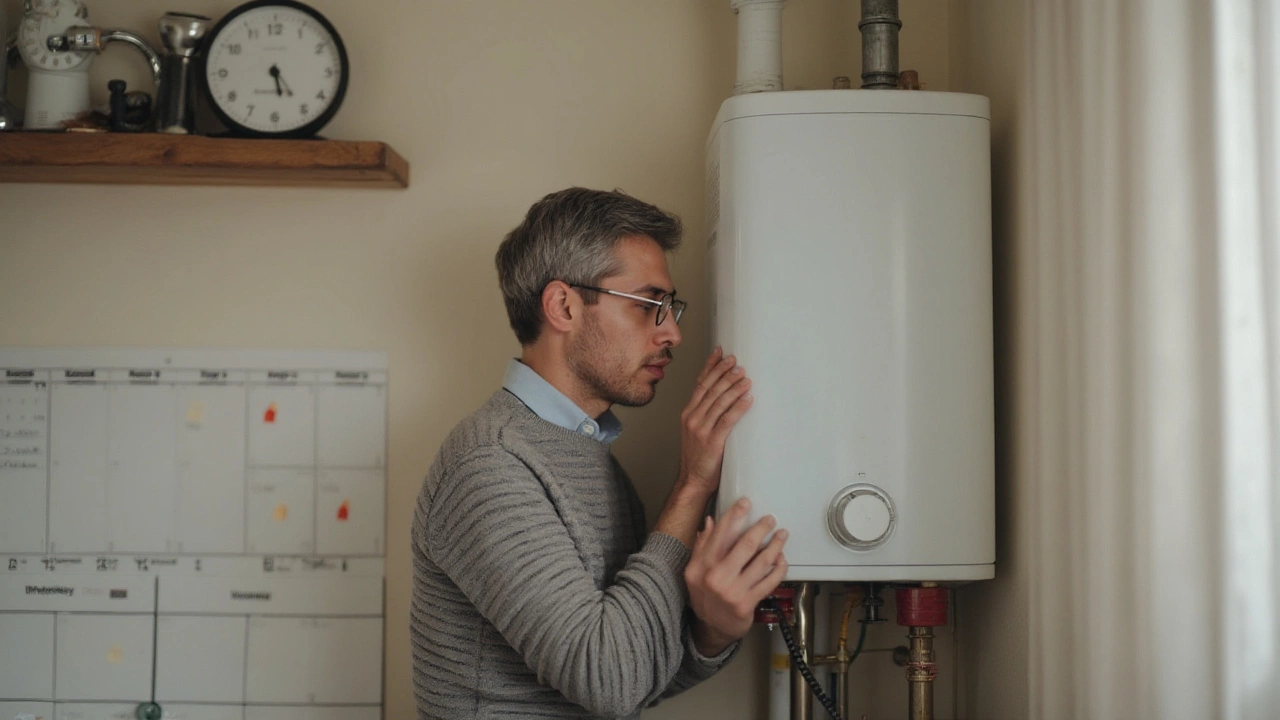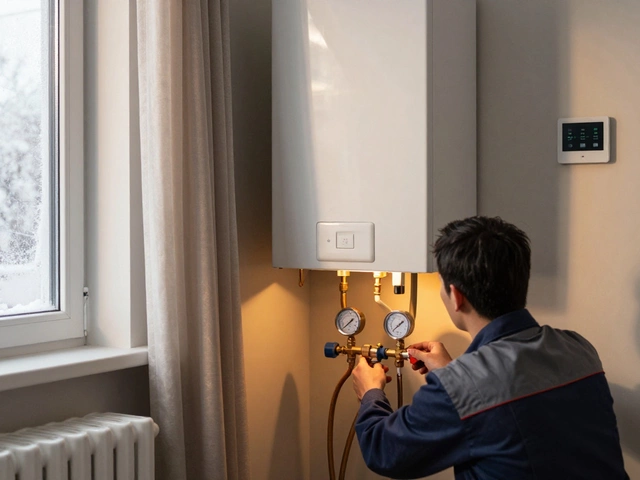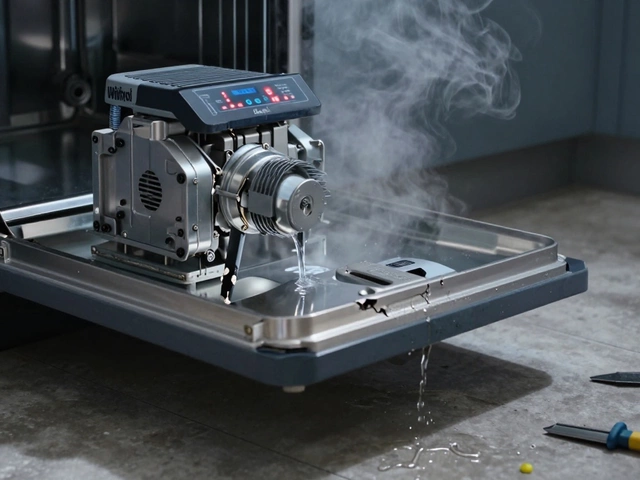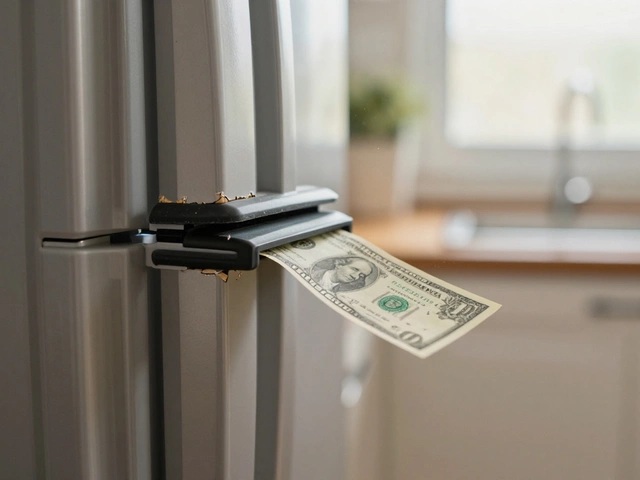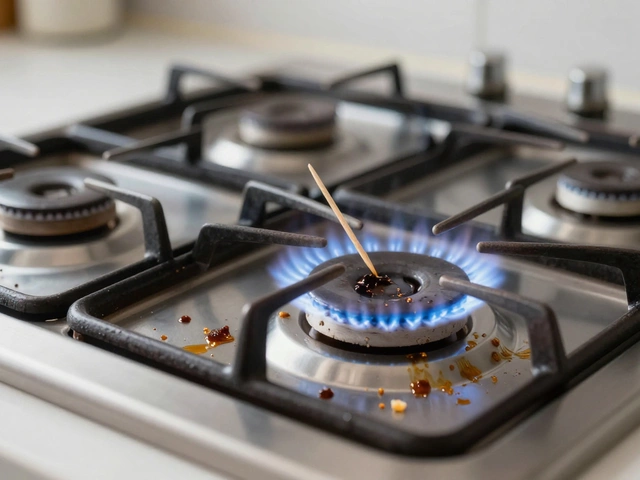Heater Repair Made Simple: Quick Fixes and Pro Tips
If your water heater stops heating or keeps tripping the reset button, you’re not alone. Most homeowners face a cold shower at some point, and the good news is many fixes are easy to try before you pick up the phone. Below you’ll find the most common causes, step‑by‑step DIY tricks, and clear signs that it’s time to call a qualified technician.
What Usually Goes Wrong?
First, pinpoint the symptom. Is the water lukewarm, does the heater make strange noises, or does it shut off after a few minutes? A faulty thermostat, a stuck dip tube, or a buildup of sediment are the three biggest culprits. A broken thermostat tells the heater to stop heating, while sediment acts like an insulator, making the unit work harder and eventually overheat.
Another frequent issue is a tripped reset button. The reset protects the heating element from overheating, so if it trips repeatedly, something is heating too fast or the element is failing.
DIY Fixes You Can Do Today
1. Check the power supply. Make sure the circuit breaker for the heater is on. A simple flip can restore power if a breaker tripped during a surge.
2. Flush the tank. Sediment builds up over time. Turn off the water and power, attach a garden hose to the drain valve, and let the tank empty. Running a few gallons of water back in helps stir up any leftover gunk.
3. Test the thermostat. Most heaters have a high‑limit thermostat and a regular thermostat. Using a multimeter, set it to continuity mode and touch the probes to the terminals. No beep means the thermostat is bad and should be replaced.
4. Reset the heater. Press the red reset button on the front of the unit, wait a few seconds, and release. If it stays on, the issue may be cleared; if it trips again, something deeper is wrong.
5. Inspect the heating element. A burnt or corroded element will not heat water. Again, use a multimeter to check resistance. A reading of 0 or infinity means the element needs swapping.
Always turn off the power at the breaker before touching any internal parts. If you’re uncomfortable with electricity, skip the steps that involve the wiring and move straight to the next section.
When to Call the Professionals
If you’ve tried the above steps and the heater still isn’t working, it’s time to call a pro. Persistent reset trips, leaking tanks, or a foul smell from the water are red flags that require expert attention. A licensed technician can safely replace a faulty gas valve, test pressure relief valves, and ensure the unit meets local safety codes.
Also, if your heater is older than 10‑12 years, consider a replacement rather than endless repairs. New models are more energy‑efficient, which can lower your monthly bills.
At Weymouth Appliance Repair Services, our team has years of experience with all types of heaters, from electric to gas‑powered. We aim to fix the problem quickly and honestly, so you get hot water without any surprise costs.
Remember, regular maintenance—flushing the tank once a year and checking the pressure relief valve—can extend the life of your heater by several years. A few minutes of preventive care now saves you a costly breakdown later.
Got a heater issue you can’t solve? Give us a call and we’ll schedule a visit. Warm showers are just a repair away.
Signs of a Faulty Hot Water Heater Element and How to Identify Them
- Alden Wilder
- Oct 31 2024
- 0 Comments
Understanding how to identify a bad hot water heater element can save you from unexpected cold showers and costly repair bills. This article delves into the common signs indicating a faulty element, such as inconsistent water temperature and increased energy bills. Learn simple methods to diagnose and test the element at home with basic tools. Regular maintenance tips are also provided to prolong the lifespan of your water heater and prevent future issues. Explore these practical insights to keep your water heater running efficiently.
View More